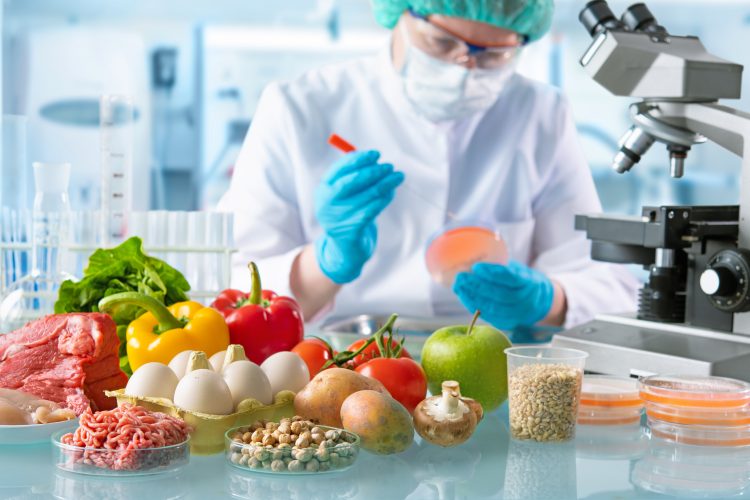First UK study of synthetic chemicals found in food
- Like
- Digg
- Del
- Tumblr
- VKontakte
- Buffer
- Love This
- Odnoklassniki
- Meneame
- Blogger
- Amazon
- Yahoo Mail
- Gmail
- AOL
- Newsvine
- HackerNews
- Evernote
- MySpace
- Mail.ru
- Viadeo
- Line
- Comments
- Yummly
- SMS
- Viber
- Telegram
- Subscribe
- Skype
- Facebook Messenger
- Kakao
- LiveJournal
- Yammer
- Edgar
- Fintel
- Mix
- Instapaper
- Copy Link
Posted: 15 September 2022 | Grace Galler (New Food) | No comments yet
The University of Birmingham has completed the first comprehensive assessment of common synthetic chemicals found in food.


A pioneering study has been carried out by the University of Birmingham to review common synthetic chemicals found in UK food.
Its study used nearly 400 food samples and tested specifically for organophosphate esters (OPEs). OPEs are chemicals that can be used as flame retardants in furnishings and textiles, building, food packaging materials and decorating materials, as well as in various other consumer products.
When levels of OPEs are too high they can be a health risk for consumers. While the study found that all the samples were below these dangerous levels, the researchers have encouraged their findings to act as wake-up call to industrial users of OPEs, both to ensure that their chemical usage is safe and to also start exploring alternative options.
Food producers have also been called on to investigate supply chains to gain a better understanding of where contaminants might be introduced.
“Although we found that current levels in food products are not dangerous, these chemicals build up in the body’s fatty tissues over time and we need to have a clearer picture of the different sources of contaminants,” said Muideen Gbadamosi, lead author of the study.
“We can also ingest OPEs from dust, or just from the air we breathe. There are data on these sources of contamination, but not yet on food products, so our research fills a really important gap in our knowledge,” Gbadamosi continued.
The team divided the products into 15 food groups, separating animal-derived products from plant-derived products, and tested for eight different OPEs.
The chemicals triphenyl phosphate (TPHP) and 2-ethylhexyl diphenyl phosphate (EHDPP) were most common, found in all tested products apart from egg and egg products.
Milk and milk products were found to contain the highest concentration of OPEs. This was followed by the results from cereal and cereal products. Interestingly, the product with the lowest concentration of OPEs were chicken eggs.
Ultimately, the concentrations in animal-derived foods were statistically indistinguishable from those in plant-derived products.
The research team also estimated daily dietary intakes across four age groups: toddlers, children, adults and the elderly. Baby food contributed 39 percent of OPE intake for toddlers, while non-alcoholic beverages were the main contributor for children (27 percent). In adults and the elderly, cereal products (25 percent) and fruit (22 percent) were the main contributors.
When compared to other countries, UK foods were found to have broadly similar OPE concentration levels.
The researchers also used their data on dietary exposure with the existing data available on the same chemicals ingested via indoor dust in the UK. Findings revealed that, for adults, exposure to OPEs remained well below levels considered dangerous to health in comparison to the health-based limit values (HBLVs) for individual OPEs. However, for children and toddlers, the safety margins were alarmingly narrower under high-end exposure scenarios for some OPEs. This was specifically prevalent in EHDPP, tris(2-butoxyethyl) phosphate (TBOEP, tris(2-chloroisopropyl) phosphate (TCIPP) and tris(1,3-dichloro-2-propyl) phosphate (TDCIPP).
Whilst food is a key source for human exposure to OPEs, researchers at the University of Birmingham have highlighted the need for more work to be carried out to fully comprehend the risks of continuing to increase our use of OPEs.
The full study was published in Science of the Total Environment.
Related topics
Contaminants, Food Safety, Lab techniques, Research & development






